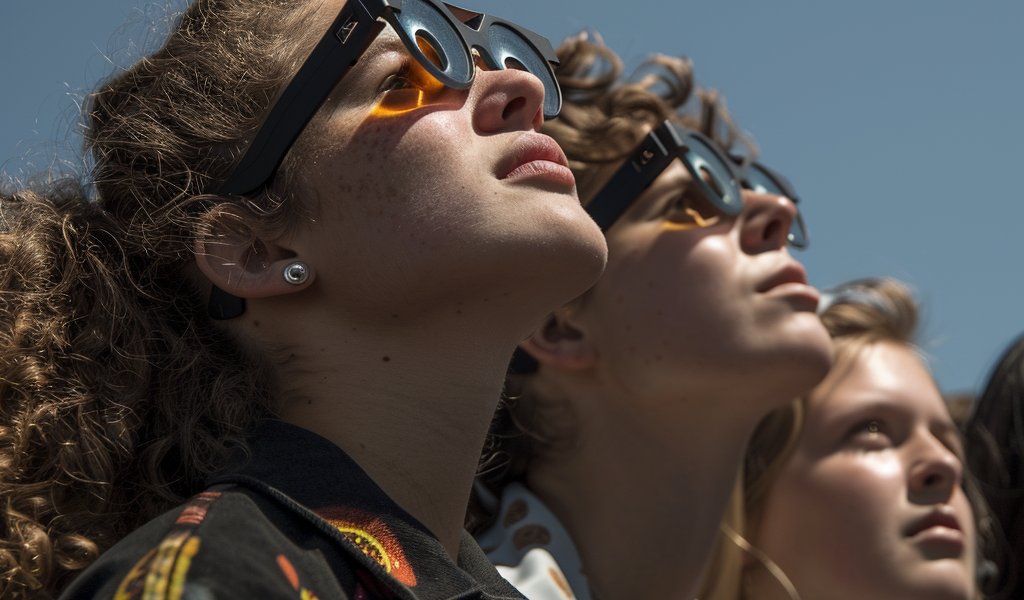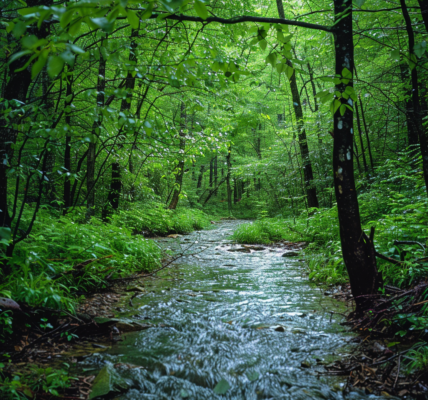Millions of Americans are eagerly anticipating the upcoming solar eclipse on April 8, 2024. However, it’s crucial to understand the potential dangers associated with viewing this natural phenomenon. When the moon passes between the sun and Earth, it creates a solar eclipse, which can be either partial or total. NASA emphasizes the importance of eye protection during both types of eclipses.
Dr. Jason P. Brinton, an ophthalmologist and medical director at Brinton Vision in St. Louis, stresses the significance of experiencing the eclipse safely. He highlights the beauty of the event but emphasizes the necessity of proper viewing methods to protect one’s eyes.
Understanding the Risks
Looking directly at the sun, even during a partial eclipse, can lead to eye damage. Dr. Yehia Hashad, an ophthalmologist and retinal specialist at Bausch + Lomb, warns that there is no safe level of exposure to solar ultraviolet rays or infrared radiation. Even a small dose of these rays can potentially harm individuals, making it essential to use eye protection during both partial and total solar eclipses.
Contrary to popular belief, experts caution against viewing the total eclipse without eye protection. Although the totality phase typically lasts only 1 to 3 minutes based on geographic location, the sudden appearance of bright sunlight as the moon moves can pose significant risks to vision. According to an eclipse viewing guide published in JAMA, even a few seconds of unprotected sun gazing during an eclipse can result in temporary or permanent vision damage.
Protecting Your Eyes
Given the dangers associated with viewing a solar eclipse, it’s crucial to use special glasses specifically designed for eclipse viewing. These glasses are equipped to filter out harmful solar radiation, providing the necessary protection for safe observation of the event.
As the solar eclipse approaches, it’s essential for individuals to prioritize their eye safety. By understanding the risks and taking appropriate precautions, everyone can enjoy this awe-inspiring natural spectacle without compromising their vision.





